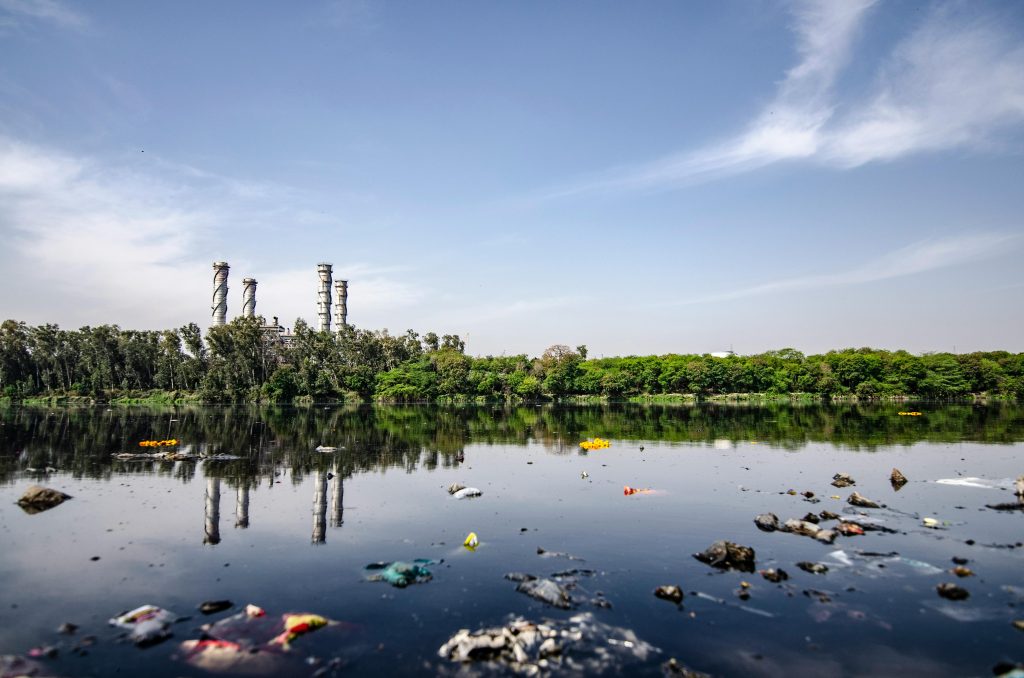Legal battles over environmental contamination are heating, so having a handle on how these cases typically unfold and knowing what missteps need to be avoided in this context is advisable. There's a lot at play, so rather than getting caught off guard, here’s an overview of the main challenges and some smart strategies for handling them effectively.
Wrangling Regulatory Frameworks
Environmental laws are intricate, and keeping up with new regulations is not exactly a cakewalk. But here's how you can make sense of it:
- Federal Regulations: Familiarize yourself with the Clean Water Act and CERCLA. They often dictate contamination liabilities.
- State Laws: Each state might have its own set of rules that add layers to federal guidelines.
- Emerging Policies: Watch for updates on PFAS restrictions, especially those targeting AFFF (aqueous film-forming foam).
For instance, a comprehensive case evaluation for AFFF lawsuit scenarios requires analyzing both current legislation and future policy shifts. This understanding both aids compliance and also provides strategic leverage in litigation.
Keeping an eye on governmental reports from agencies like the EPA is a way to anticipate changes in enforcement trends that could impact your strategy moving forward.
In short, being proactive rather than reactive here ensures you're ready to work with whatever regulatory curveballs come your way.
Understanding Complex Liability Issues
Environmental cases require you to unpick a tangled web of responsibilities and find the common thread. Factors at play include:
- Multiple Defendants: Often, more than one party contributes to contamination. Identifying all liable entities is crucial if you’re managing a contamination case as part of a class action lawsuit.
- Historical Usage: Liability can stem from actions taken decades ago. Tracing past activities is often needed for clarity.
- Joint and Several Liability: In some jurisdictions, any defendant might be held fully responsible if others can't pay.
Let’s say you uncover an old manufacturing site now linked to PFAS pollution. Determining who knew what, and when, is essential in deciding liability.
Staying ahead means pouring over company records or contracts to find those connections that bind defendants together legally. Understanding the complex historical context here helps define who pays what share of cleanup costs, and that can shift dramatically as more information comes out during the discovery phases.
Challenges with the Statute of Limitations
In environmental lawsuits, timing can make or break your case. Here's what to consider:
- Discovery Rule: Some statutes only start ticking when contamination is discovered, not when it occurred.
- Varying State Timelines: Each state has its own limitation period. Familiarity with local rules prevents untimely filings.
- Continuous Violation Doctrine: In some cases, ongoing harm might reset the clock on filing deadlines.
Say you’re representing a community which recently discovered PFAS in their water supply linked to past AFFF usage at a nearby base. Their right to sue may hinge on proving when they reasonably should have known about the contamination.
A thorough review of these legal timeframes helps prevent lost opportunities for action. Careful attention ensures claims are filed promptly and within permissible windows.
Final Thoughts
There are many more talking points and stumbling blocks in environmental contamination lawsuits, but if you’ve got a grasp on regulations, liability factors and the timing of the action taken, you’ll be on track to represent clients optimally.






















